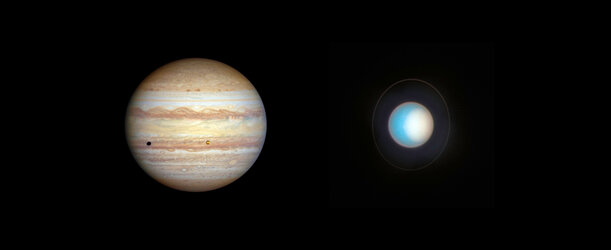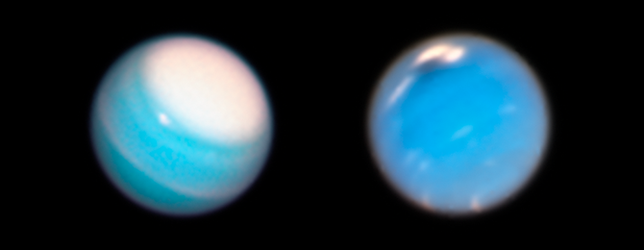Accept all cookies Accept only essential cookies See our Cookie Notice

About ESA
The European Space Agency (ESA) is Europe’s gateway to space. Its mission is to shape the development of Europe’s space capability and ensure that investment in space continues to deliver benefits to the citizens of Europe and the world.
Highlights
ESA - United space in Europe
This is ESA ESA facts Member States & Cooperating States Funding Director General Top management For Member State Delegations European vision European Space Policy ESA & EU Space Councils Responsibility & Sustainability Annual Report Calendar of meetings Corporate newsEstablishments & sites
ESA Headquarters ESA ESTEC ESA ESOC ESA ESRIN ESA EAC ESA ESAC Europe's Spaceport ESA ESEC ESA ECSAT Brussels Office Washington OfficeWorking with ESA
Business with ESA ESA Commercialisation Gateway Law at ESA Careers Cyber resilience at ESA IT at ESA Newsroom Partnerships Merchandising Licence Education Open Space Innovation Platform Integrity and Reporting Administrative Tribunal Health and SafetyMore about ESA
History ESA Historical Archives Exhibitions Publications Art & Culture ESA Merchandise Kids Diversity ESA Brand Centre ESA ChampionsLatest
Space in Member States
Find out more about space activities in our 23 Member States, and understand how ESA works together with their national agencies, institutions and organisations.
Science & Exploration
Exploring our Solar System and unlocking the secrets of the Universe
Go to topicAstronauts
Missions
Juice Euclid Webb Solar Orbiter BepiColombo Gaia ExoMars Cheops Exoplanet missions More missionsActivities
International Space Station Orion service module Gateway Concordia Caves & Pangaea BenefitsLatest
Space Safety
Protecting life and infrastructure on Earth and in orbit
Go to topicAsteroids
Asteroids and Planetary Defence Asteroid danger explained Flyeye telescope: asteroid detection Hera mission: asteroid deflection Near-Earth Object Coordination CentreSpace junk
About space debris Space debris by the numbers Space Environment Report In space refuelling, refurbishing and removingSafety from space
Clean Space ecodesign Zero Debris Technologies Space for Earth Supporting Sustainable DevelopmentLatest
Applications
Using space to benefit citizens and meet future challenges on Earth
Go to topicObserving the Earth
Observing the Earth Future EO Copernicus Meteorology Space for our climate Satellite missionsCommercialisation
ESA Commercialisation Gateway Open Space Innovation Platform Business Incubation ESA Space SolutionsLatest
Enabling & Support
Making space accessible and developing the technologies for the future
Go to topicBuilding missions
Space Engineering and Technology Test centre Laboratories Concurrent Design Facility Preparing for the future Shaping the Future Discovery and Preparation Advanced Concepts TeamSpace transportation
Space Transportation Ariane Vega Space Rider Future space transportation Boost! Europe's Spaceport Launches from Europe's Spaceport from 2012Latest

Polar lights on Uranus
Thank you for liking
You have already liked this page, you can only like it once!
On the first day of the 15th annual European Space Weather Week, this image from the NASA/ESA Hubble Space Telescope fittingly shows a striking occurrence of celestial weather in the outer reaches of the Solar System: an aurora on Uranus.
Auroras, also known as polar lights, are a relatively familiar type of space weather to Earth-based stargazers, but have also been spied on many other planets in the Solar System.
Views of the Earth’s Northern and Southern Lights show glowing sheets and rippling waves of bright light painting the sky in striking shades of green and even red, blue, and purple; these breath-taking scenes are created as streams of energetic charged particles hit the upper layers of Earth’s atmosphere at altitudes of up to a few hundreds of kilometres, and interact with resident atoms and molecules of mostly oxygen and nitrogen. These emit photons at specific visible wavelengths or colours – green and red for oxygen, blue and purple for nitrogen – and fill the sky with an eerie auroral glow.
Hubble has observed auroras on Uranus on various occasions: in 2011, when the telescope became the first to image the phenomenon from the vicinity of Earth, then again in 2012 and 2014, taking extra data beyond visible light.
By pointing Hubble’s ultraviolet eye on Uranus twice during the same month, from 1 to 5 and 22 to 24 November 2014, scientists were able to determine that the planet’s glimmering auroras rotate along with the planet. The observations also helped to locate Uranus’ magnetic poles, and allowed scientists to track two so-called interplanetary shocks that propagated through the Solar System. These shocks were triggered by two powerful bursts of material flung out by the Sun via the solar wind, an ongoing flow of charged particles constantly emanating from our star, and caused the most intense auroras ever seen on Uranus.
This image, originally published in 2017, shows the auroras as wispy patches of white against the planet’s azure blue disc, and combines optical and ultraviolet observations from Hubble with archive data from NASA’s Voyager 2 probe. Voyager 2 was the first and only craft to visit the outermost planets in the Solar System; it flew past Uranus in January 1986, and past Neptune in August 1989. These icy planets have not been visited since. NASA and ESA have been studying a possible joint mission that would target the two ice giant planets in order to explore their intriguing role in our planetary system.
European Space Weather Week runs from 5 to 9 November 2018, and brings together engineers, scientists, specialists, and professionals from across the continent in order to exchange news, ideas, and strategies on space weather and protecting Earth’s cosmic environment.
-
CREDIT
ESA/Hubble & NASA, L. Lamy / Observatoire de Paris -
LICENCE
ESA Standard Licence

Hubble’s new views of Jupiter and Uranus

Blue marbles

Hubble image of Uranus (November 2014 and November 2022)

Hubble image of Uranus (November 2014 and November 2…















 Germany
Germany
 Austria
Austria
 Belgium
Belgium
 Denmark
Denmark
 Spain
Spain
 Estonia
Estonia
 Finland
Finland
 France
France
 Greece
Greece
 Hungary
Hungary
 Ireland
Ireland
 Italy
Italy
 Luxembourg
Luxembourg
 Norway
Norway
 The Netherlands
The Netherlands
 Poland
Poland
 Portugal
Portugal
 Czechia
Czechia
 Romania
Romania
 United Kingdom
United Kingdom
 Slovenia
Slovenia
 Sweden
Sweden
 Switzerland
Switzerland

























